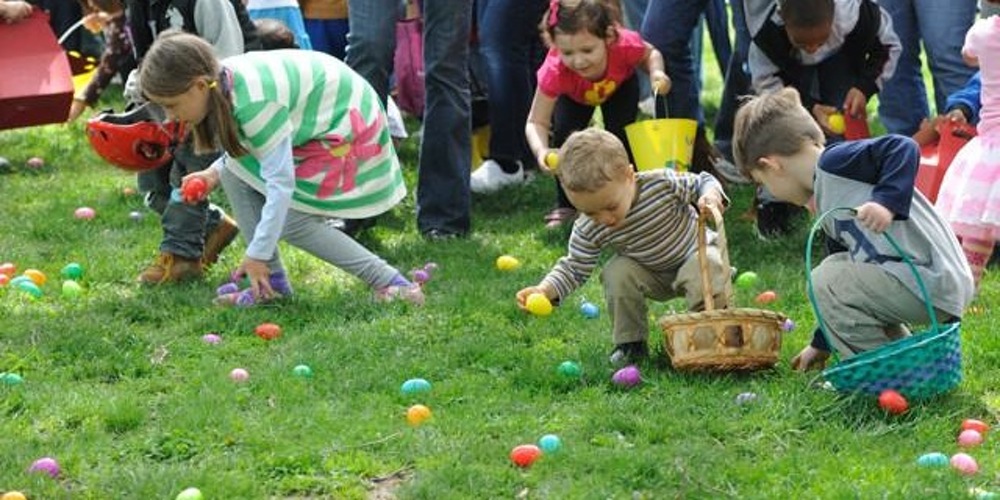The observance of Jesus Christ’s Resurrection on the third day following his Crucifixion is commemorated by the Christian celebration of Easter, also known as Pascha in Latin and Pascha in Greek.
As early as the 2nd century, Christians were celebrating the resurrection of Jesus Christ, and the first Easter celebrations were documented in this period. On April 17, 2022, Christians around the world will gather to celebrate Easter.
How did the Easter Celebration Develop?
There are various traditions associated with Easter, many of which have nothing to do with the Christian celebration of the Resurrection but are derived from local folklore.
It is fitting that the Easter lamb takes its place as a sacrificial animal in honor of Jesus’ biblical title as “the Lamb of God who takes away the sins of the world,” as found in John 1:29.

Lamb meat was blessed and eaten on Easter by Christians in ancient times.
When Lent is over on Good Friday it is time to have a traditional Easter lunch that includes eggs, ham and cheese and bread and sweets blessed by the church for the occasion.
Painting and decorating Easter eggs dates back to the 13th century when it was first documented.
In spite of the Catholic Church’s prohibition on eating eggs during Holy Week, the chickens kept laying eggs, therefore the idea of “Holy Week” eggs sparked the idea of decorating them.
The Resurrection was symbolized by the resurrection of the egg. The egg, like Jesus, symbolizes new life emerging from the eggshell, just like Jesus rose from the tomb.
Eggs are painted crimson in the Orthodox tradition to represent the blood Jesus shed while on the cross.
Kids all throughout the country look forward to Easter egg hunts.
Lucy Hayes, the first lady and wife of President Hayes In 1878, on the White House lawn, Rutherford B. Hayes is widely credited for sponsoring the first annual Easter egg roll, where children and their parents roll their eggs.
The celebration had previously been held on the grounds of the U.S. Capitol but was relocated to the White House that year.
Early on Easter Monday in the early 1870s, enormous crowds of youngsters came to the Capitol Building to roll their eggs and play on the lawn.
Large crowds on Capitol Hill alarmed members of Congress who feared damage to the grounds was inflicted by the heavy foot traffic.
By 1876, Congress and the President had reached an agreement. A law signed by Ulysses S. Grant prohibited egg rolling on Capitol Hill.
According to some historical records, the White House lawn was first used for egg rolling festivities in 1877 after a young boy approached President Hayes directly and asked for permission to use the space.
Be the first to write a comment.